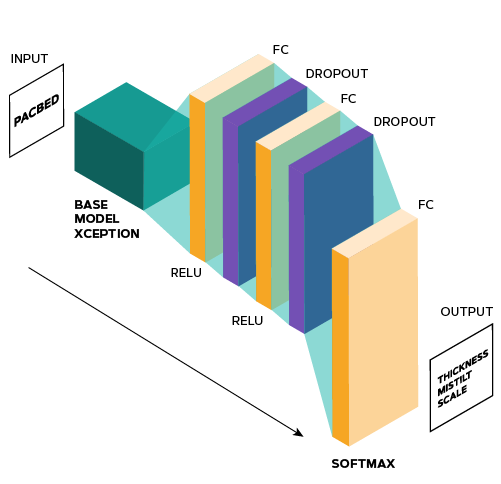WP6
- Home
- »
- WP6
Software, automation and control
The aim of WP6 is to develop software solutions to enhance the performance and interoperability of TEM platforms.
These solutions encompass designing software for FAIR (Findable, Accessible, Interoperable, Reusable) data management, creating a software control system for conducting experiments using the interoperable platform, developing software for automated real-time alignment and stabilization of TEMs.
Additionally, this work package will focus on developing digital twins of electron optical configurations of TEMs and designing machine learning algorithms for data analysis and control of experimental workflows.
OBJECTIVE 1
Fair data ecosystem
This objective involves the design of the Fair Data Ecosystem (FADE), a software solution aimed to facilitate FAIR-compliant data management. FADE’s purpose is to make it easier to acquire, store, analyse and share data collected from different technical advancements and scientific experiments in the project.
This task will allow to establish an integrated ecosystem to promote a FAIR-by-design approach to data collection. The emphasis is on the use of a shared metadata scheme for enhanced findability and interoperability of datasets across scientific work packages.


OBJECTIVE 2
Instrument control system
This objective aims to develop a software and electronics control system for conducting experiments using the hardware modules of the interoperable platform.
A control system will be developed for each prototype of the interoperable module. For each module, the control system will be integrated into a user interface that will be connected with APIs (Application Programming Interfaces) available on current TEMs. This integration will enable communication between the interoperable modules and other components of the microscope.
The ultimate goal is to establish a unified open-source API for electron microscopes.
OBJECTIVE 3
Automation and digital twins
This objective involves two main tasks. Firstly, it aims to automate and stabilize the alignment of TEMs and specimens during experiments performed using various imaging, diffraction and spectroscopy modes. The automation will include interfaces to detectors and spectrometers.
The second task is to create digital twins of electron optical configurations of TEMs during experiments. This allows for the development of realistic models of electron beam parameters based on specific microscope configurations.
The use of artificial intelligence (AI) will be explored to generate digital twins in real-time. Additionally, three-dimensional displays and mixed-reality smart glasses will be implemented to enhance the user experience during experiments.


OBJECTIVE 4
Artificial intelligence
This objective aims to develop Artificial Intelligence (AI) tools tailored for real-time analysis of data originated from TEM experiments, with an emphasis on in-situ, in-operando and correlative studies.
Two main tasks will be carried out. Firstly, the rapid processing capabilities of artificial neural networks (ANNs) will be harnessed to analyse large volumes of data from TEM experiments instantly. The second task involves developing ANNs to predict the future progress of an experiment based on initial partial measurements.
This approach will enable the development of an automatic guidance system for TEM alignment (microscope automation), also combining AI with automation routines designed to manage entire characterization workflows (workflow automation).
“Our groundbreaking software and automation solutions and AI tools will revolutionize the performance of electron microscopy platforms, paving the way for unprecedented advancements.”
Stefano Cozzini
WP6 Team Leader
